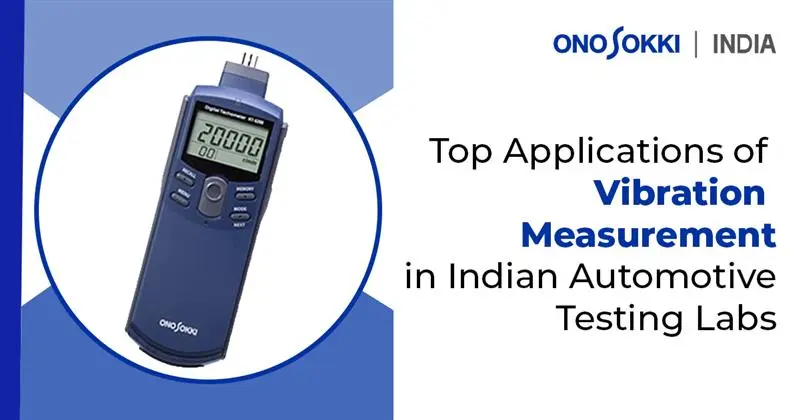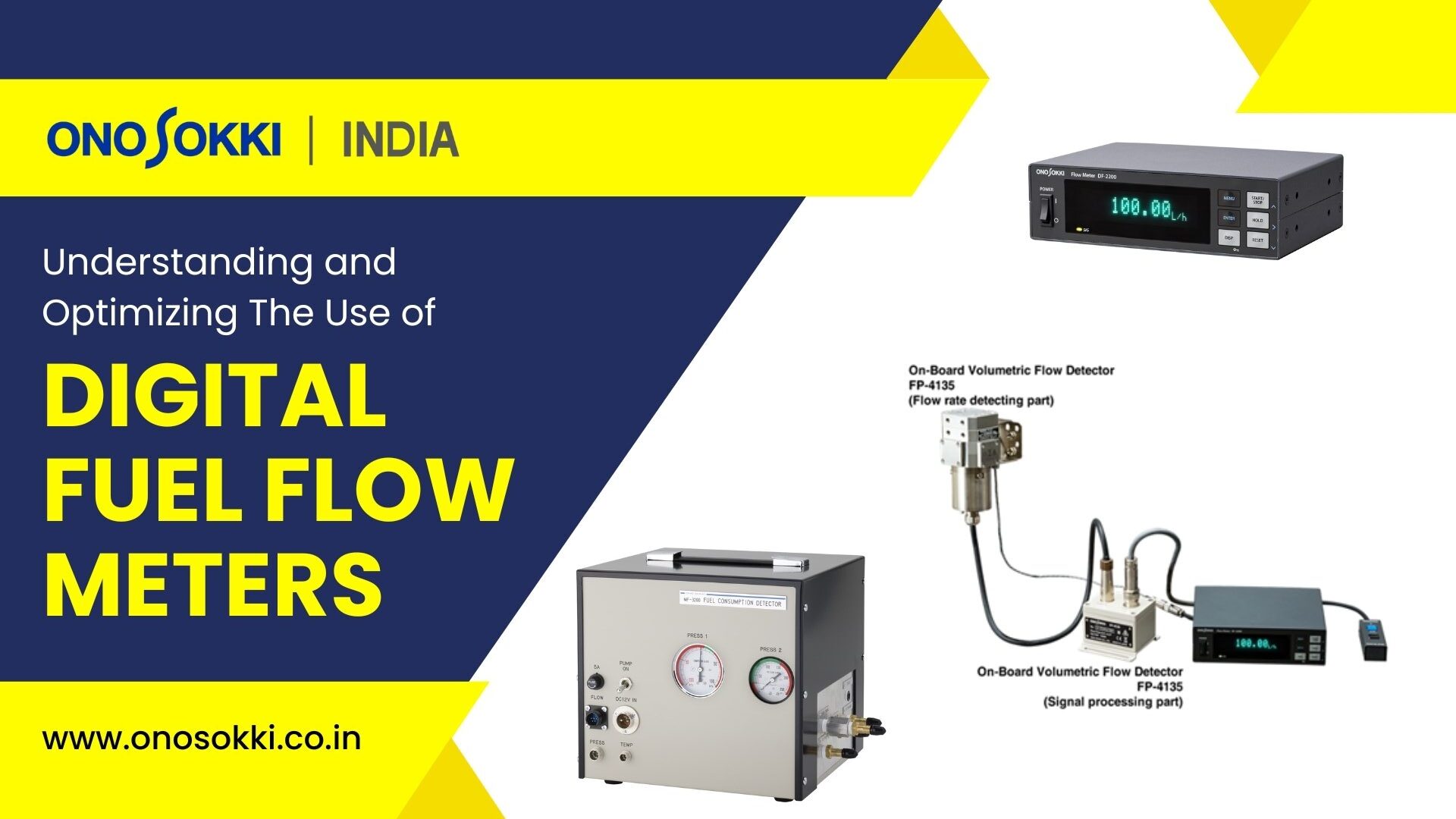Fuel is the most important component in getting a vehicle, piece of machinery, or asset to work properly in the industry. The fuel flow meter is essential for controlling fuel flow and monitoring fuel supply and management.
Because an analogue or manual fuel flow meter is insufficient to provide a precise result on time, most of the industry developed a digital fuel flow meter. This article is about the digital fuel flow meter and its optimization in marketing. But before jumping right into the digital flow meter, first, we need to know what a fuel flow meter is.
An Introduction to Fuel Flow Meters
A fuel flow meter or fuel flow detector is a device that measures the flow rate or amount of fuel being consumed by an engine. These meters are often used in the aviation and auto industries and in industrial settings where fuel is used to power generators or other machines.
Various industries use numerous fuel flow meter tools due to the wide variety of fluids used and transferred in the market. This tool has a numerical display and a digital and mechanical surface. The tool is used in many industries and companies to measure and monitor fuel flow.
Application of Digital Fuel Flow Meters in Different Industries
The most common industry applications are:
- Logistics and Transportation: To maintain the density and purity of fuel, which directly improve its efficiency on the road, a fuel consumption meter is used.
- Beverages and Food: The food industry requires tools to measure edible oil and check the weight and volume used to produce a portion of food; the industry must use the required tools.
- Oil and Gas: This tool is great because it gives precise and accurate results and can evaluate a wide range of petroleum products.
Components of a Digital Flow Meter
A digital flow meter typically includes the following components:
- A sensor or transducer that measures the flow of fluid. This can be a turbine, vortex, or ultrasonic sensor.
- A microprocessor or electronic circuit reads the data from the sensor and converts it into a digital output.
- A display or output device that shows the flow rate, total flow, or other information. This can be a digital readout, a computer interface, or a remote telemetry system.
- The sensor and electronic circuit get their power from a power source, such as a battery or an external power supply.
- Optionally, an additional device like a flow controller can control the flow rate.
Types of Digital Fuel Flow Meters
There are several digital fuel flow meters, each with unique characteristics and capabilities. Some common types include:
- Turbine flow meters use a turbine rotor to measure fluid flow. They are typically used for measuring high-volume, high-pressure fuel flows.
- Coriolis flow meters: These meters use the Coriolis effect to measure the flow rate of a fluid. They are known for being very accurate and are often used to measure how much fuel a car uses.
- Ultrasonic flow meters: These meters use ultrasonic waves to measure the flow rate of a fluid. They are commonly used for measuring low-flow, low-pressure fuel streams.
- Magnetic flow meters: These meters use the principle of Faraday’s law of electromagnetic induction to measure the flow rate of a fluid. They are commonly used for measuring low-flow, low-pressure fuel streams.
How to Choose the Right Digital Fuel Flow Meter?
The market is facing high fuel prices, and as many industries’ key product is fuel, this necessarily demands digital fuel flow meters. Ono Sokki understands the need for time and is now helping many industries with the different types of fuel flow meter to make their work efficient. It helps in saving time and provides accurate results, which help the industry understand and utilize the fuel efficiently.
Do you need more information? To learn more about choosing the right fuel flow meter for your application, check out the Ono Sokki Fuel Flow Detector.



